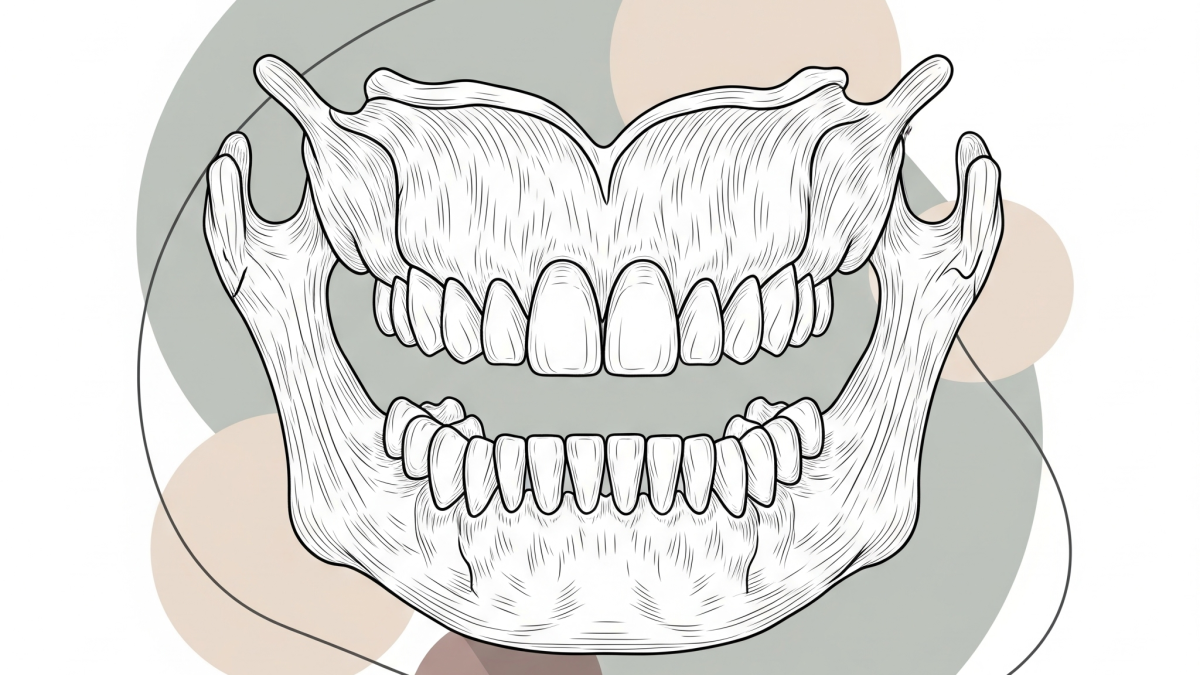- Hook: If you’ve ever experienced persistent jaw pain, clicking sounds when you chew, or recurrent headaches, you might be dealing with a Temporomandibular Joint (TMJ) disorder.
- Acknowledge: TMJ disorders can be incredibly debilitating, affecting daily activities like eating and speaking, but they are often misunderstood.
- State the post’s purpose: This comprehensive guide will demystify TMJ disorders, exploring their complex causes, helping you recognize common symptoms, and detailing the various treatment options available to provide relief and restore comfort.
What are TMJ Disorders? Unpacking the Jaw Joint
- Anatomy of the TMJ:
- Explain the two temporomandibular joints connecting the jawbone to the skull on each side.
- Components: Joint (condyle, fossa), disc (cartilage), muscles (masseter, temporalis, pterygoids), ligaments.
- Function: Allows jaw movement for chewing, speaking, yawning.
- Definition of TMJ Disorders (TMDs): A group of conditions that affect the jaw joints and the muscles and ligaments that control jaw movement.
- Complexity: TMDs are often multifactorial and can be challenging to diagnose.
Common Causes of TMJ Disorders: Why Does it Hurt?
- Bruxism (Teeth Grinding/Clenching):
- Mechanism: Chronic excessive force on the jaw joint and muscles, leading to inflammation and fatigue. (Refer to Bruxism post).
- Jaw Trauma or Injury:
- Direct impact to the jaw, whiplash, or even extensive dental work (prolonged mouth opening).
- Arthritis:
- Osteoarthritis or rheumatoid arthritis can affect the TMJ, leading to degeneration and inflammation.
- Displacement or Erosion of the Disc:
- The soft cartilage disc that cushions the joint can become displaced or wear down, leading to clicking, popping, and pain.
- Stress and Muscle Tension:
- Mechanism: Chronic stress leads to muscle clenching and tension in the jaw and neck, putting strain on the TMJ. (Refer to Stress and Teeth post).
- Malocclusion (Misaligned Bite):
- While not always a direct cause, a misaligned bite can sometimes contribute to uneven stress on the TMJ.
- Other Factors: Connective tissue diseases, certain genetic predispositions.
Recognizing the Symptoms: Is It TMJ?
- Pain and Tenderness:
- In the jaw joint area (just in front of the ear).
- In the face, neck, and shoulders.
- Around the ear.
- Jaw Joint Sounds:
- Clicking, popping, or grating sounds when opening or closing the mouth. (Not always painful, but a sign).
- Limited Jaw Movement or “Locking”:
- Difficulty opening the mouth wide.
- Jaw getting “stuck” in an open or closed position.
- Headaches:
- Often tension headaches, frequently radiating from the temples.
- Ear-Related Symptoms:
- Earache (without infection), ringing in the ears (tinnitus), dizziness.
- Changes in Bite:
- Teeth not fitting together correctly.
- Facial Swelling: On the side of the affected jaw.
Diagnosis of TMJ Disorders: A Comprehensive Approach
- Clinical Examination: Dentist or oral surgeon will examine your jaw, check for tenderness, clicking, and range of motion.
- Imaging:
- X-rays (panoramic), CT scans, MRI (to visualize the disc and joint structures).
- Patient History: Detailed information about symptoms, habits, and medical history.
Treatment Options for TMJ Disorders: Finding Relief
- Conservative and Non-Invasive Therapies (First Line of Treatment):
- Pain Relievers: Over-the-counter NSAIDs (ibuprofen) or prescription pain medications.
- Muscle Relaxants: To relieve jaw muscle spasms.
- Oral Splints or Nightguards: Custom-fitted acrylic appliances worn over teeth to reduce clenching/grinding forces and reposition the jaw. (Similar to bruxism nightguards, but TMJ splints can be more complex).
- Jaw Exercises: Specific stretches and strengthening exercises.
- Heat/Cold Therapy: Applying packs to the jaw.
- Soft Diet: Temporary avoidance of hard, chewy foods.
- Stress Management: As TMJ is often linked to stress, techniques like meditation, yoga, biofeedback.
- Alternative Therapies (Adjunctive):
- Acupuncture, massage therapy.
- More Advanced Treatments (When Conservative Measures Fail):
- Injections: Corticosteroid injections into the joint, or Botox injections into jaw muscles.
- Arthrocentesis: Minimally invasive procedure to flush the joint.
- Surgery (Rarely Needed): Arthroscopy (minimally invasive) or open-joint surgery for severe structural problems.
Conclusion:
- Summarize: TMJ disorders are complex conditions, but effective treatments exist to alleviate pain and improve jaw function.
- Reiterate: Early diagnosis and a conservative approach are often key to successful management.
- Empower: Don’t let TMJ pain control your life—consult a dental professional experienced in TMDs to find the right path to relief.
Related posts
Meet the Author
Welcome to OdontoBlog, your essential source for current dental news and tips. Our goal is to simplify oral health, offering accurate and accessible information.
Popular Posts
Subscribe Now
* You will receive the latest news and updates on your favorite celebrities!


